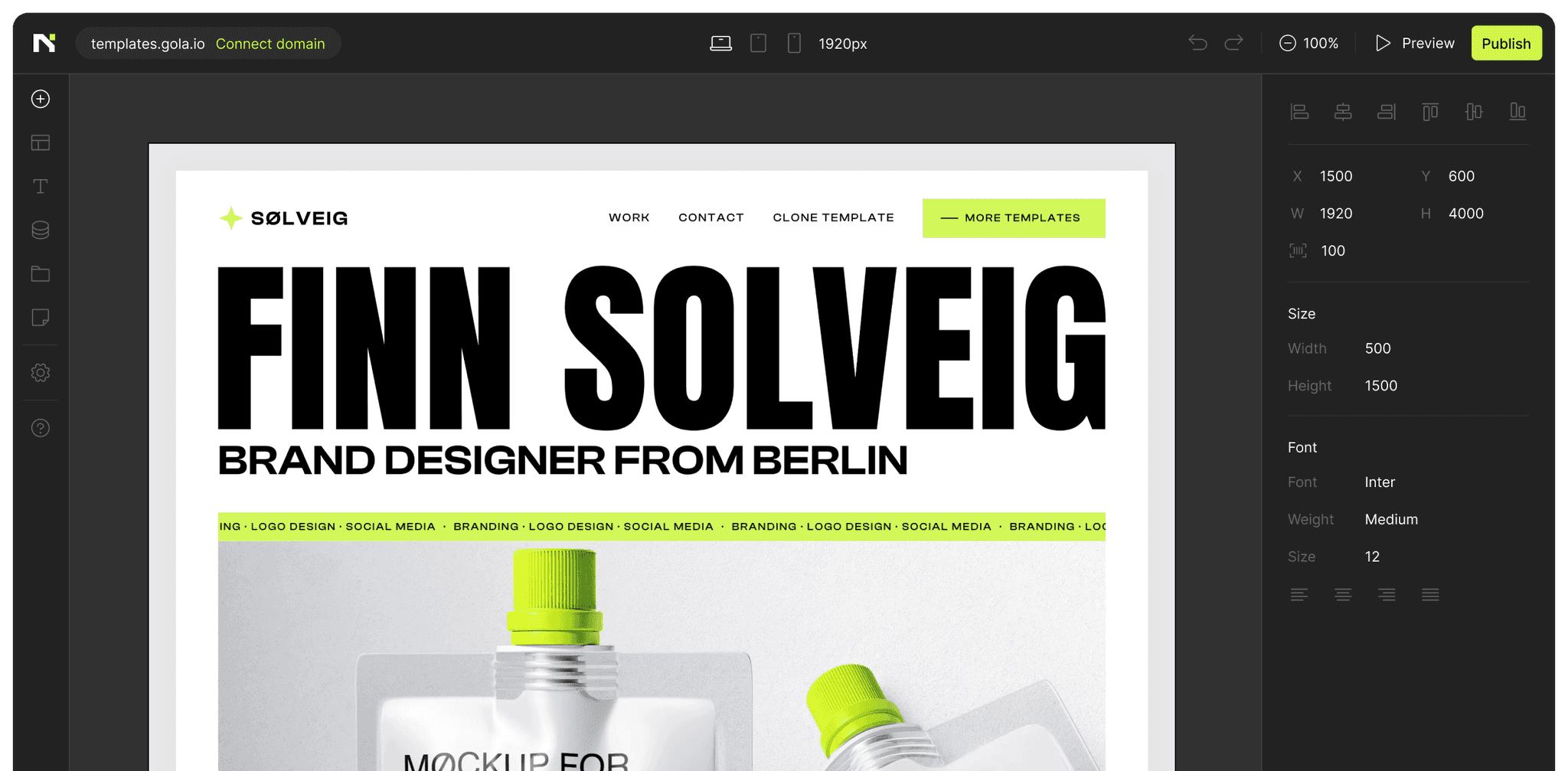Understanding the Basics of Typography
Typography is the art and technique of arranging type to make written language legible, readable, and visually appealing. It encompasses everything from the choice of typeface to the arrangement of text on a page. In the context of web design, typography plays a crucial role in shaping user experience, guiding users through content, and establishing the overall tone of the site. A deep understanding of typography fundamentals is essential for creating effective and aesthetically pleasing websites.
Choosing the right typeface is the first step in good typography. There are thousands of typefaces available, each with its own personality and use case. Serif typefaces, with their decorative strokes, convey a sense of tradition and reliability, making them ideal for formal content. Sans-serif typefaces, on the other hand, offer a clean and modern look, suitable for a wide range of applications. The key is to match the typeface with the purpose and tone of your website.
Equally important is the understanding of typographic hierarchy, which involves using different sizes, weights, and styles to create a visual distinction between various levels of text. This hierarchy guides readers through the content, helping them to quickly identify headings, subheadings, and body text. Proper use of hierarchy not only improves readability but also enhances the overall user experience by making the content more accessible and engaging.
Implementing Effective Typographic Practices
Once you have a solid grasp of typography basics, it's time to delve into more advanced techniques that can elevate your web design. One such technique is the use of white space, which refers to the empty space around text and other elements. Adequate white space ensures that your text is not cramped, enhancing readability and allowing the content to breathe. It can also draw attention to specific elements, making your design more impactful.
Another critical aspect is the line length and spacing. The optimal line length for body text is typically between 50-75 characters, including spaces. Lines that are too long can make it difficult for readers to track from one line to the next, while lines that are too short can disrupt the reading flow. Additionally, line spacing, or leading, should be carefully adjusted to ensure comfortable reading. A general rule is to set the line spacing to approximately 1.5 times the font size.
Responsive typography is also essential in today's multi-device world. Text must adapt to various screen sizes and resolutions without losing its readability or aesthetic appeal. This can be achieved through relative units like ems and rems for font sizes, which allow the text to scale proportionally with the viewport. Media queries can further refine the typographic adjustments, ensuring a seamless reading experience across different devices.
Enhancing User Experience with Typography
Typography is not just about choosing fonts and arranging text; it's about creating a cohesive visual identity that resonates with your audience. Consistency in typography helps in establishing brand recognition and trust. By maintaining uniformity in font choices, sizes, and styles across all pages, you can create a harmonious look that reinforces your brand's message.
Color plays a significant role in typography as well. It can highlight important information, convey emotions, and enhance the overall aesthetic of your website. When selecting colors for your text, consider the contrast between the text and the background to ensure readability. High contrast improves legibility, especially for users with visual impairments. Additionally, the use of color can create a visual hierarchy, guiding users through the content more effectively.
Finally, accessibility should always be a priority in web typography. Ensuring that your text is readable for all users, including those with disabilities, is not just a best practice but a necessity. This includes using accessible fonts, appropriate contrast ratios, and providing text alternatives for non-text content. By prioritizing accessibility, you make your website more inclusive and user-friendly for everyone.
Conclusion
Mastering the art of website typography involves a combination of understanding fundamental principles, applying advanced techniques, and prioritizing user experience. By choosing the right typefaces, implementing effective typographic practices, and ensuring consistency and accessibility, you can create visually appealing and highly functional websites. Typography is a powerful tool in web design that, when used effectively, can significantly enhance the overall user experience and leave a lasting impression on your audience.

Dave Johnson
CEO
Continue Reading

